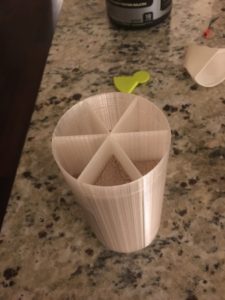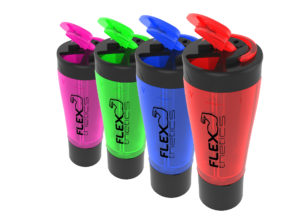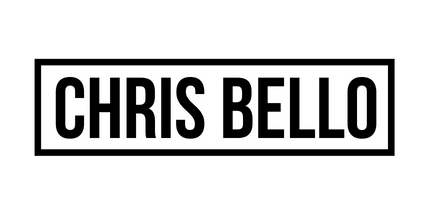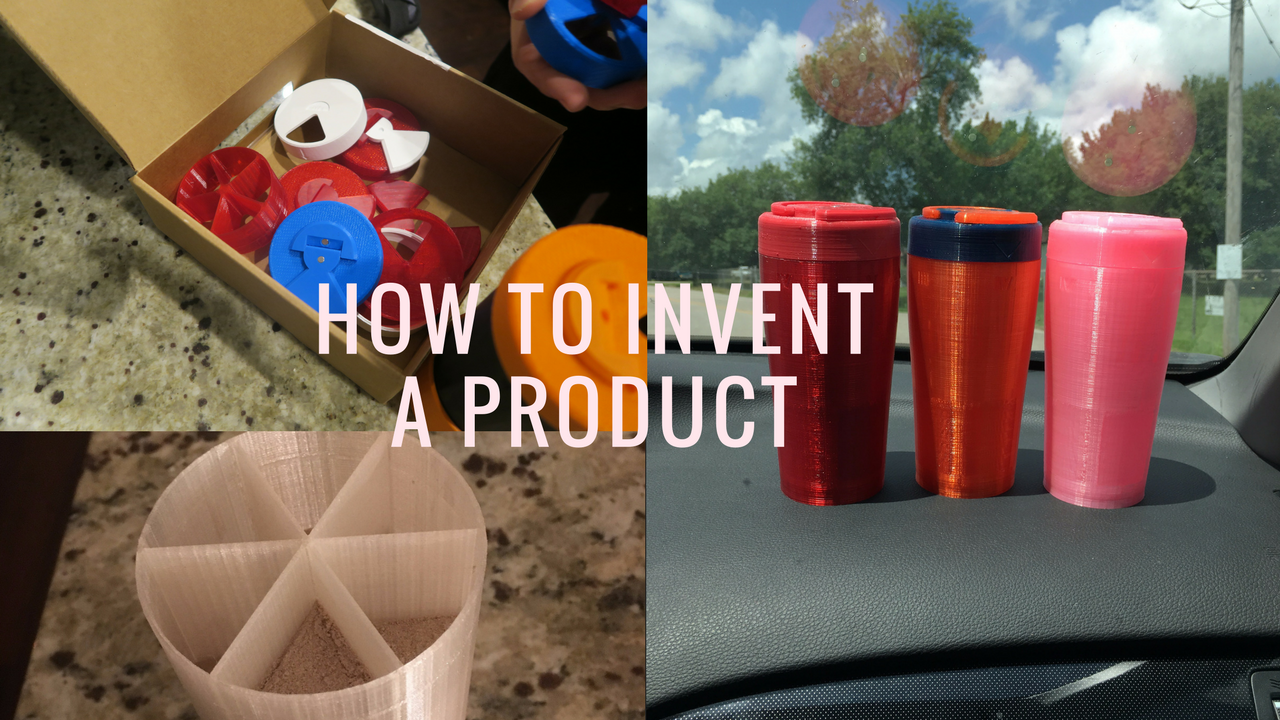Have an idea? Don’t leave it at that. Honestly give it a try. Think it through, think of all the pros and cons, and minimize the cons. Draw your idea on paper, come up with a name for it, and treat it like a product you believe you would see on store shelves or the show Shark Tank one day. This post will give some insight on how to invent a product, including my suggested steps.
For those that might not know, my friend and I invented a supplement organizer product called the Flexthetics Pro. We sketched the idea on paper in December 2016 and had a 3D prototype designed and printed within a day.

Flexthetics Pro – V1
My friend just so happened to own a 3D printer and know how to use the engineering software. Without him, the idea could very well still be on paper as it is often expensive to get an engineer to draw up your idea and to have a prototype printed out. Things add up even more if you honestly believe in it and want a patent filed before you even share the idea with too many people.
Working with my friend to iterate, print out prototypes, and do some initial patent research really helped us keep costs down. The only real costs other than plastic we bought for prototypes went to having an attorney draft and file a utility patent.
Initially, I actually had a list of all kinds of app or apparel ideas. I was a little frustrated once I heard quotes on how much it would cost to get any of those things started. Even if I paid $60k to get an app made, there was no guarantee people would find it valuable or use it for that matter. With the Flexthetics Pro, a physical product that someone can pay money for, selling seemed so much easier.
Where are we with Flexthetics, in case you’re curious? We have a utility patent pending on this product and are taking preorders. We are currently manufacturing the molds and then will manufacture final units once the tooling arrives from overseas. Could we have done things better or in a different order? Probably. But that’s the beauty of a startup. You kind of figure things out as you go.

Renders depicting final products
The steps I recommend to invent a product are as follows (at least this is what we followed):
1. Write down your idea.
Write as much as you can about it. What it does, how it works, the pros, the cons, any competitor products that are similar and why yours is better, etc.
2. Bring your idea to life.
Try and have a prototype 3D printed or created. If you have a friend with a 3D printer and know-how on using engineering software, perhaps you can approach them and offer equity in your idea or company for their help. This can save you money upfront, but if you truly have a million-dollar idea, make sure this person taking equity will pull their weight and not just freeload. You don’t want to find yourself doing all the work down the line and see that they are making as much as you just for helping sketch it up initially.
Once you have a functional prototype you are happy with, consider filing a patent. More on this in Step 3. Keep in mind that finalizing the design can take a lot of time. We had over 35 revisions to the cap alone on our Flexthetics Pro. We experimented until we got something we were truly satisfied with.
3. Protect your idea (you can never be too careful).
I suggest getting manufacturers you talk to about potential costs to sign Non-Disclosure Agreements (NDAs) to protect yourself, especially before sending drawings to them. I’ve heard that people roll their eyes at this and say that nobody will steal your idea, but I don’t like taking chances, especially with the amount of time and money that is invested into bringing a product to life.
While it’s unlikely someone will steal your idea, pay thousands of dollars to have it patented, and then thousands more to get tooling done for manufacturing, why risk it?
I would also consider hiring an attorney to have a patent filed. I really believe in this idea and wanted to protect it as much as possible. For this reason, my Co-Founder and I paid an attorney to draft it for us and file it. My worst fear was that a competitor might somehow find out about our product before we protected ourselves and get something out before we could even blink an eye. If you’re a startup or sole inventor, your competitors likely have much more money, resources, and expertise than you do. No offense, that’s just how it is.
You can try to save some money filing a patent a couple of ways:
- You can try to research how to file a patent and do it yourself completely. I heard a Podcast about Sarah Blakely from Spanx doing this.
- You can research other patents of products that are similar and write how yours is different. Reference each US patent number and add your notes below. Give this to the attorney you are working with, and this should save some time and therefore money (attorneys bill you by the hour).
4. Market your product.
Your idea is now a product. Congratulations! I kept hush hush about our product until our patent was filed. Once it was, I quit my corporate job to focus on building the website, marketing the product, growing social media, etc. This all takes a lot of time!
5. Bring your product to market.
We grew our following after we filed the patent. We did try and do a Kickstarter campaign, which was quite a bit of work. It took months to perfect our website and a campaign for Kickstarter prior to launch. Unfortunately, we did not get funded on Kickstarter, but we’re not giving up. We are taking the risk and putting quite a bit of our own savings into initial tooling. High risk, high potential reward.
I feel much better launching a product since we already have followers that are not just family and friends on social media. We have more of an audience to reach out to. Coming up with a product and then marketing with 0 followers on any platform seems like it would be much more difficult.
So that is how to invent a product, at least how we did it. After inventing and protecting your product, the gears shift to marketing and sales, which is where Flexthetics is focusing efforts on currently. If you need help bringing a prototype to life, shoot me a message or comment and I’ll be happy to chat.
Stay Connected
Chris Bello
Entrepreneur Motivation Podcast on Facebook


Why do you keep capitalizing the word patent?
Not sure lol thanks Real Grammar Police. I will update it!